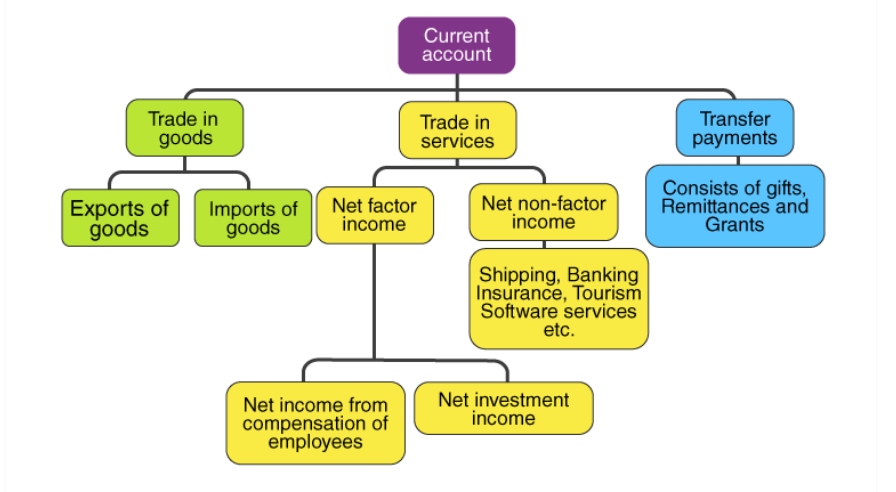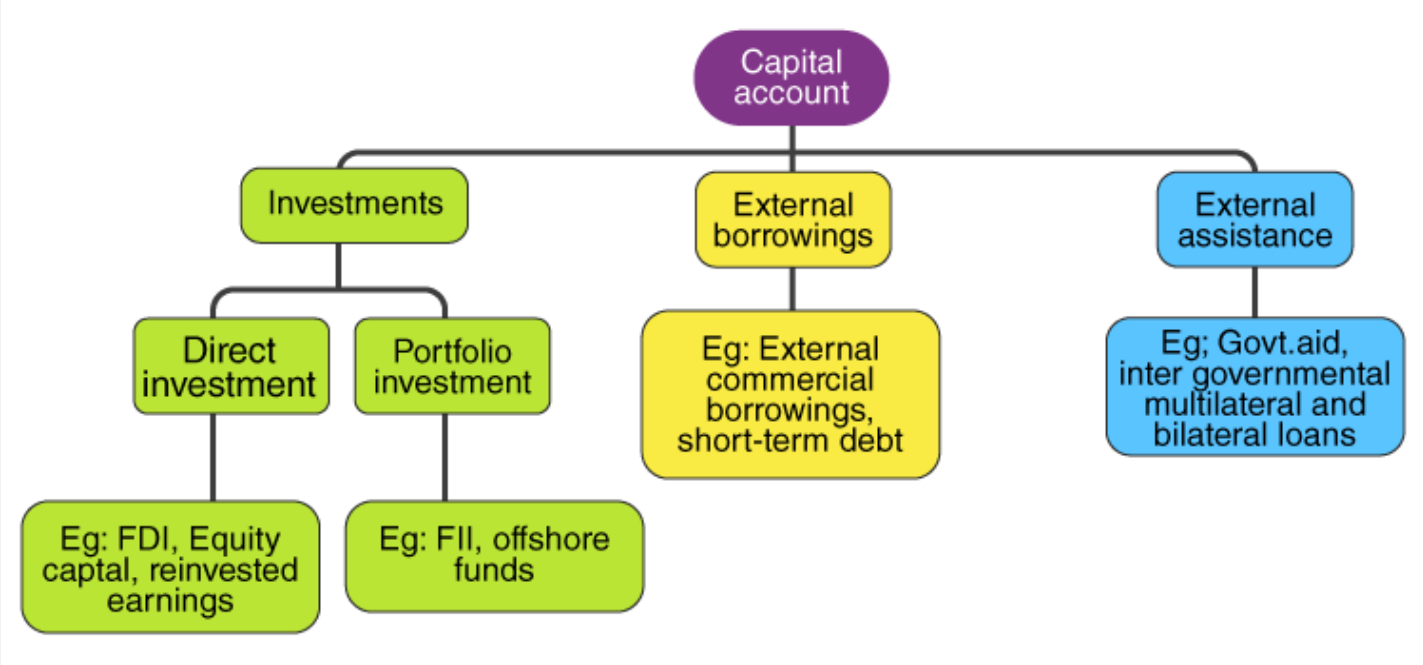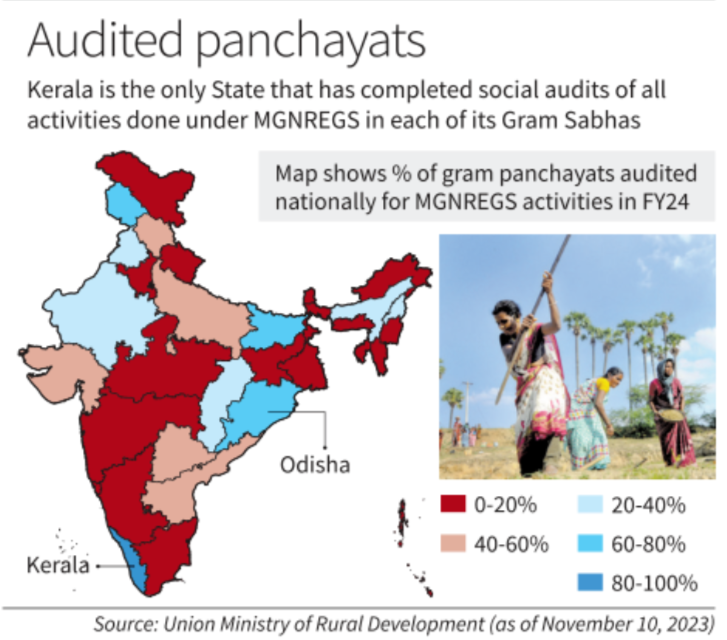The Hindu Analysis
Video
Read Analysis

Headlines
- Ghol Fish - Prelims
- Furlough, Parole - Prelims
- Kambala - Page No.5, GS 1
- The impact of violence on a child's mind - Page No.8 , GS 2
- A $5 trillion economy, but for whom?- Page No.8 , GS 3
- Deceptive signals - Page No.8 , GS 3
- Centre will bring in rules to tackle deepfakes - Page No.12 , GS 3
- MGNREGS audit crosses 50% local bodies in just six States - Page No.14 , GS 3
- Text and Context - COP 28: India's equitv demand
Ghol Fish - Prelims

-
Context:-
- The expensive marine 'Ghol' fish was declared the state fish of Gujarat at the first Global Fisheries Conference India 2023 held in Ahmedabad Tuesday.
- Also known as Black Spotted Croaker fish (Protonibea diacanthus) in many parts of the world, Ghol fish is not only considered a delicacy but is valued for its medicinal properties in many countries.
- Ghol fish bladder is among Gujarat's high - value exports.
- Ghol fish is widely distributed in the Indo-Pacific region from the Persian Gulf to the Pacific Ocean. Benefits of Ghol fish
- Good for eye health: This fish contains many vitamins, minerals, proteins, which helps in maintaining eyesight.
- Prevent ageing and wrinkles: The collagen content in the ghol fish prevents wrinkles and also keeps the elasticity of the skin intact.
- Improves IQ of infants: Omega-3 content in it improves IQ of infants if fed on a regular basis - it stimulates the growth of brain cells.
- Toning muscles: The black-spotted croaker is one fish that has tremendous benefits for toning muscles because of various minerals and vitamins. It provides Vitamin C that is required for collagen and elastin synthesis which has helps to upply essentials nutrients to the muscles.
Furlough, Parole - Prelims

-
Context :-
- Gurmeet Ram Rahim Singh, chief of Dera Sacha Sauda and a rape convict, on Tuesday walked out of Rohtak's Sunaria jail on a 21-day furlough.
- His release from the jail coincides with the Assembly poll in Rajasthan where he has a sizeable number of followers across four-five districts.
- Out of jail eight times in the past four years, he was granted 21 days furlough to meet his family members in Gurugram from February 7-27 last year, which too coincided with the Assembly election in Punjab. He was again out on parole in October last year ahead of the Adampur by-election and Harvana panchayat polls. Parole:
- It is a system of releasing a prisoner with suspension of the sentence.
- The release is conditional, usually subject to behavior, and requires periodic reporting to the authorities for a set period of time.
- Parole is not a right, and is given to a prisoner for a specific reason, such as a death in the family or a wedding of a blood relative.
- It may be denied to a prisoner even when he makes out a sufficient case, if the competent authority is satisfied that releasing the convict would not be in the interest of society. Furlough:
- It is similar to parole, but with some significant differences. It is given in cases of long-term imprisonment.
- The period of furlough granted to a prisoner is treated as remission of his sentence.
- Unlike parole, furlough is seen as a matter of right for a prisoner, to be granted periodically irrespective of any reason, and merely to enable the prisoner to retain family and social ties, and to counter the ill-effects of prolonged time spent in prison.
- The grant of Parole in India is administered by the rules made under the Prison Act, 1894 and Prisoner Act, 1900.
- Each state in India has its own parole rules.
- Eligibility- According to the 2010 Parole/Furlough Guidelines,
- A convict must have served at least 1 year in jail, excluding any time spent in remission.
- The prisoner's behaviour had to be uniformly good.
- The criminal should not have committed any crimes/ broken any of the terms and restrictions during the period of parole if it was granted previously.
- A minimum of 6 months should have passed since the previous parole was terminated.
- Have been or are involved in criminal activities against the state
- Are threats to national security
- Are not citizens of India
- Are convicted of multiple murders or for murder & rape of a child or children
What is the eligibility for the grant of parole?
Q. With reference to India, consider the following statements:
(2021)
1. When a prisoner makes out a sufficient case, parole cannot be denied to such prisoner because it becomes a matter of his/her right.
2. State Governments have their own Prisoners Release on Parole Rules.
Which of the statements given above is/are correct?
(a) 1 only
(b) 2 only
(c) Both 1 and 2
(d) Neither 1 nor 2
Convicts not eligible for Parole- Prisoners who
1. When a prisoner makes out a sufficient case, parole cannot be denied to such prisoner because it becomes a matter of his/her right.
2. State Governments have their own Prisoners Release on Parole Rules.
Which of the statements given above is/are correct?
(a) 1 only
(b) 2 only
(c) Both 1 and 2
(d) Neither 1 nor 2
Kambala - Page No.5, GS 1

- Kambala is a traditional buffalo race in paddy fields filled with slush and mud which generally takes place in coastal Karnataka (Udupi and Dakshina Kannada) from November to March.
- Traditionally, it is sponsored by local Tuluva landlords and households in the coastal districts. Tuluva people are an ethnic group native to Southern India. They are native speakers of the Tulu language.
- During the race, the racers try to bring the buffaloes under control by holding their reins tight and whipping them.
- Tradition: In its traditional form, Kambala was non-competitive and buffalo pairs raced one after another in paddy fields.
- It was also observed as thanksgiving to gods for protecting the animals from diseases.
- Concerns: Animal activists criticize the sport and argue that the Kambala involves acts of cruelty on animals which are not physiologically suited for racing and they run in the race due to fear of being beaten.
- According to them, it violates the Prevention of Cruelty to Animals (PCA) Act, 1960. The Act prevents practices which involve unnecessary pain to the animal amounting to cruelty.
- The Supreme Court had banned jallikattu, bullock-cart races, and kambala events in its judgement on May 7, 2014.
- However, the Prevention of Cruelty to Animals (Karnataka Amendment) Ordinance, 2017 approved the organising of kambala event, provided steps are taken to avoid cruelty to the participating bulls.
- Jallikattu is a traditional bull-taming event that is organised in the Tamil Nadu every year as part of the harvest festival pongal.
The impact of violence on a child's mind - Page No.8 , GS 2

- Often induction into violence during adolescence occurs when historical circumstances, including technological forces, create the ground.
- In several reports, UNICEF has discussed how difficult it is to rehabilitate children who have experienced or participated in violence, into civic life.
- Can education mitigate the effects of this massive dose of violent imagery? In principle, education has this potential, but most systems of education today lack the energy required to harness this potential.
- In fact, frustration with education is common across the world. Many believe that education cannot reverse the political impact of dangerous ideologies.
A $5 trillion economy, but for whom?- Page No.8 , GS 3

- For reference, let's take a look at Japan today, the third largest economy by GDP in the world. In Japan, there is reportedly a death by suicide every 20 minutes. About 15 lakh Japanese have not left their homes for years, a form of severe social withdrawal known as hikikomori.
- Old parents rent actresses who come in on Sunday to call them 'Mom' and 'Pop' because their own daughters don't visit any more.
- Every day, dead people are discovered in tiny apartments days or weeks after they died; these are called kodokushi or lonely deaths.
- Clearly, Japan's climb to the third position economy-wise has not lifted all boats equally; it has tossed the weak to the margins where they languish because economic growth on steroids has unpicked the safety catch of family and community ties.
- For 40 years, Japan was the world's second largest economy, powered by manufacturing and exports.
- As the high-value industrial economy took centre stage, the strength of personal and professional relationships withered and the multi-generational family and social structure became atomised. This was a perfect storm in the lives of the traditional, semi-skilled workforce.
- Consider capital: in 2021, 1% of the population owned about 41% of the nation's wealth, while 50% owned 3% of its wealth, according to Oxfam.
Deceptive signals - Page No.8 , GS 3

- Last month, India’s goods exports recorded only their second uptick this financial year, with a 6.2% rise. Merchandise imports grew a sharper 12.3% over last October and nearly 21% over September’s tally to hit an all-time high of $65.03 billion.
- The trade deficit, as a result, also hit a record $31.5 billion. The import bill was expected to go beyond the relatively tepid trends in recent months, spurred by anticipation of festive demand for items such as jewellery and high-end electronics.


Centre will bring in rules to tackle deepfakes - Page No.12 , GS 3

- Minister for Electronics and Information Technology Ashwini Vaishnaw on Thursday said the government would make rules to tackle deepfakes, synthetic media that mimics authentic images, video and audio, and set out rules to prevent their dissemination online.
- Mr. Vaishnaw met with representatives from social media and technology firms on the day to discuss on the subject, and said the companies were all of the view that action was warranted.
- While advisories to social media firms have been sent warning them that the law already prevents impersonation online, the IT Ministry has said that it will now ove swiftly to address the issue more comprehensively.
- “Within 10 days, we will come up with clear actionable items on four pillars,” Mr. Vaishnaw said.
- They are: improving the detection of deepfakes; preventing them from spreading rapidly; improving content reporting mechanisms on social media for synthetic media (timelines currently prescribe a 72-hour limit for removing them, beyond which firms lose legal protections for such content); and building greater awareness on deepfakes among the public.
MGNREGS audit crosses 50% local bodies in just six States - Page No.14 , GS 3


- Of the 34 States and Union Territories, only six have completed social audit of works done under the Mahatma Gandhi National Rural Employment Guarantee Scheme (MGNREGS) in more than 50% of gram panchayats. And Kerala is the only State to cover 100% gram panchayats.
- High rate of corruption is one of the primary complaints against the scheme and social audit is the inbuilt anti-corruption mechanism in the Act.
- These numbers are sourced from the Management Information System (MIS) on Social Audit maintained by the Union Ministry of Rural Development as on November 10.
- Section 17 of the Mahatma Gandhi National Rural Employment Guarantee Act (MGNREGA) says the gram sabha “shall monitor the execution of works”.
- Each State has social audit units which are supposed to work independent of the implementing authorities.
- MGNREGA is the abbreviation for the Mahatma Gandhi National Rural Employment Guarantee Act 2005.
- It is a law passed by the Indian government in 2005 that guarantees the "right to work" to rural citizens of India.
- Under this, the government assures a minimum of 100 days of unskilled manual work to an adult member of an eligible rural household.
- The main objective of the MGNREGA is to provide employment to rural citizens and improve their economic conditions.
- Citizen of India
- 18 years of age at the time of application
- Rural Household
- Willing to do unskilled work
Eligibility Criteria: For receiving the benefits of the MGNREGA Scheme, the following eligibility criteria are to be met by the applicant:
Text and Context - COP 28: India's equitv demand

- There is an almost linear relationship between global warming and cumulative carbon dioxide (CO2) emissions. The United Nations Framework Convention on Climate Change (UNFCCC) in 1992 noted that per capita emissions in developing countries are still “relatively low” and that their share in the global emissions will grow to meet their social and developmental needs.
- The Convention recognises the ‘common but differentiated responsibilities and respective capabilities’ (CBDR-RC) principle. This means different States have different responsibilities and respective capabilities in tackling climate change.
- According to the Intergovernmental Panel on Climate Change’s Sixth Assessment Report (IPCC AR6), every 1,000 billion tonnes of CO2 in emissions causes an estimated 0.45 degrees Celsius rise in the global surface temperature.
- The term ‘global carbon budget’ refers to the maximum cumulative global anthropogenic CO2 emissions – from the pre-industrial era to when such emissions reach net- zero, resulting in limiting global warming to a given level with a given probability.
- According to the IPCC AR6, the developed countries have appropriated a disproportionately larger share of the global carbon budget to date.
- The contribution of South Asia — which includes India — to historical cumulative emissions is only around 4% despite having almost 24% of the entire world population. The per capita CO2-FFI (fossil fuel and industry) emissions of South Asia was just 1.7 tonnes CO2-equivalent per capita, far below North America (15.4 tonnes CO2-eq. per capita) and also significantly lower than the world average (6.6 tonnes CO2-eq. per capita).
- According to the NITI Aayog-U.N. Development Programme’s Multidimensional Poverty Index Report 2023 review, India has been able to lift more than 135 million poor out of poverty in less than five years (2015-2021).
- The cover decision of the Glasgow Climate Pact recorded an unprecedented “regret” on the failure of the developed countries to provide US $100 billion dollars a year, as promised at the COP 15 talks in Copenhagen in 2009.
- The United Nations Framework Convention on Climate Change(UNFCCC) is an international environmental treaty which seeks to reduce atmospheric concentrations of greenhouse gases, with the aim of preventing dangerous anthropogenic interference with the earth’s climate system.
- The UNFCCC, signed in 1992 at the United Nations Conference on Environment and Development also known as the Earth Summit, the Rio Summit or the Rio Conference
- It is a framework which requires individual participating countries to commit to stabilizing greenhouse gas emissions.
- There are 197 parties to the convention, who meet annually in Conferences of the Parties (COP) to assess progress in dealing with climate change.
- About Intergovernmental Panel on Climate Change (IPCC):
- The IPCC is the United Nations body for assessing the science related to climate change.
- It was established by the World Meteorological Organization (WMO) and the United Nations Environment Programme (UNEP) in 1988.
- Membership: It has 195 Member countries.
- Objective: To assess scientific, technical, and socio-economic information relevant to the understanding of human-induced climate change, potential impacts of climate change, and options for mitigation and adaptation.
- The main activity of the IPCC is the preparation of reports assessing the state of knowledge of climate change. These include assessment reports, special reports and methodology reports.
- The IPCC does not itself engage in scientific research. Instead, it asks scientists from around the world to go through all the relevant scientific literature related to climate change and draw up logical conclusions.